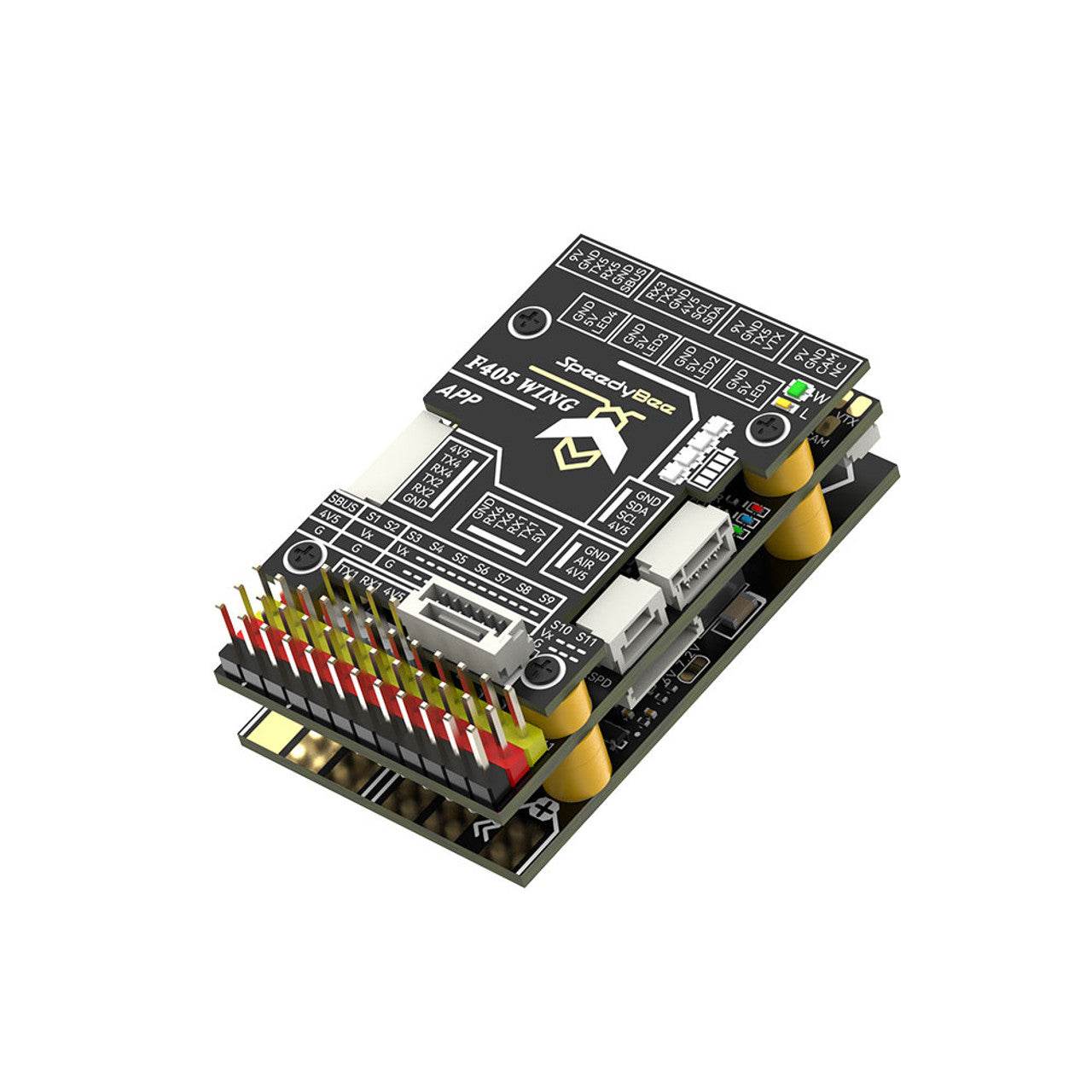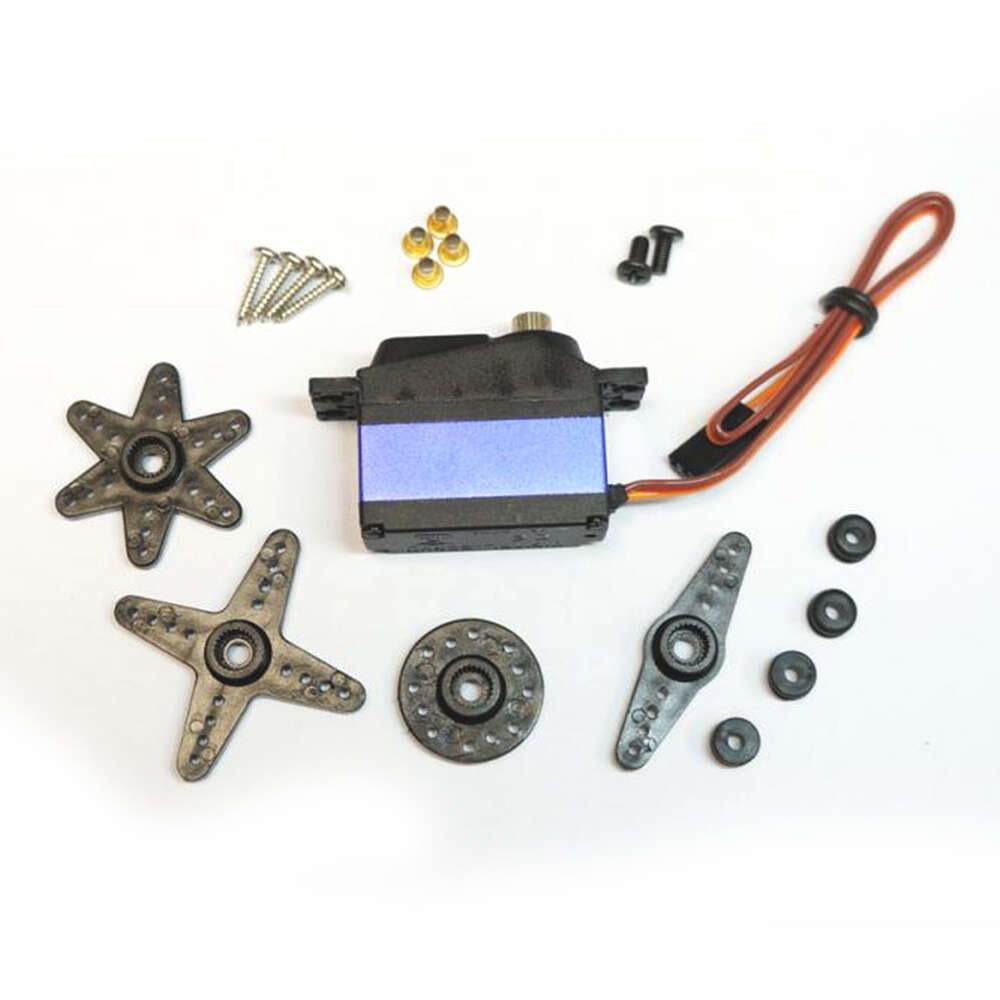Quick Menu
- RISING SUN 3D - ON DEMAND 3D PRINTING
- Ak Interactive
- All Game Terrain
- Ammo by MIG
- Army Painter
- Backpacks and Carrycases
- Bifrost Airbrush Paints
- Coming Soon!
- Connectors
- Chargers
- Gift Cards
- Laser Cutter, Engravers and CNC
- New Items
- Painting Brushes and Tools
- Sale!
- Services
-
- SMS - Premium Acrylic Lacquer Series
- SMS - Pearl Acrylic Lacquer Series
- SMS - Auto Colour
- SMS - Brush Series
- SMS - Cements & Adhesives
- SMS - Colour Sets
- SMS - Colour Shift Acrylic Lacquer Series
- SMS - Crystal Acrylic Lacquer Series
- SMS - DragonAir Airbrushes
- SMS - Effects Acrylic Lacquer Series
- SMS - HyperChrome Series
- SMS - Infinite Colour - Water Based
- SMS - Masking Series
- SMS - Metallic Acrylic Lacquer Series
- SMS - Precision Tools Series
- SMS - Primer Series
- SMS - Thinners, Additives and Paint Remover
- SMS - Weathering Series
- SMS - Wildlife Colours
- STEM
- Trading Card Games
- The Used
- X Class Gear
- Blogs
Wings
14 products
Showing 1 - 14 of 14 products
FPV Wings – Glide Farther, Fly Faster
Unlock the thrill of fixed-wing FPV flight with Wings from Rising Sun FPV.
Perfect for long-range, cinematic, or high-speed flying — ideal for exploration and endurance missions.
Cut through the sky — shop FPV Wings today.
Showing 1 - 14 of 14 products
Display
View
Save $191.00


TBS Mojito (PNP Set and Electronics set) - FPV Flying Wing
Sale price$368.00 USD
Regular price$559.00 USD
Sold out
Filters (0)






















